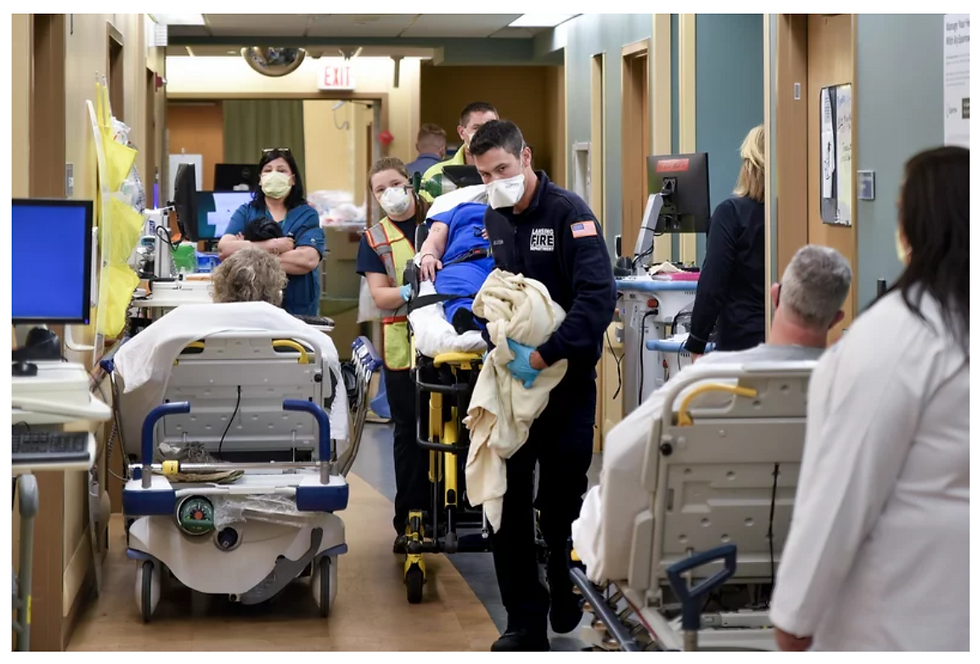Key Findings You Should Know About Skin Substitutes
- katherinepiette
- Jan 31, 2017
- 2 min read
Updated: Mar 30, 2021

Typically, chronic wounds that don’t respond to initial treatment, despite appropriate care, require advanced wound-healing interventions. A wound is considered chronic if it resists healing after 4 to 12 weeks of treatment, depending on wound type. The most common examples of chronic wounds are those with complicated etiologies, such as diabetes-related foot ulcers, venous leg ulcers, pressure injuries, and surgical wounds. Tissue-based products are most commonly used to treat diabetes-related foot ulcers, venous leg ulcers, burns, and pressure ulcers and injuries.
In managing chronic wounds, it is essential to focus on four key management components known as wound bed preparation:
•Cleaning non-necrotic tissue
•Minimizing inflammation → infection
•Maintaining moisture balance
•Ensuring open wound edges
Yet, even with the best conventional wound management options, chronic wounds can be exceedingly challenging to treat.
Over the last 20 years, however, development of a variety of tissue-based products (TBP), also referenced as skin substitutes or dermal replacements, have revolutionized wound care by healing chronic wounds when traditional dressings have failed. However, tissue-based products are not a contemporary development and have a very rich history. Repair of skin defects has been a pressing concern for centuries. As early as the 15th century, Egyptian physicians chronicled procedures and herbal treatments to heal wounds, including xenografts (skin from another species). The practice of applying allografts (human cadaver skin) to wounds was first documented in 1503. In 1871, autologous skin grafting (skin harvested from the person with the wound) was initiated. Next came epithelial-cell seeding, which involves scraping off the superficial epithelium of healthy skin and transplanting the cells onto the wound. The modern advances in TBP technology and research have accelerated our understanding of TBP and their value in advanced wound healing, but it is important to note this historical perspective.
When selecting skin substitutes for their formularies, wound care professionals have many product options—and many decisions to make. Efficacy of skin substitutes varies widely relative to the number and frequency of applications needed to close a wound, wound healing rates, time to healing, and cost . Choosing the skin substitute to match the desired clinical outcome is crucial. In addition, Medicare coverage for specific TBP options and the specific wound indications for application, including venous wounds, pressure ulcers (injuries), DFU, burns, etc., varies considerably and often inconsistently, by geographic region.
TBP have a valuable place in advanced wound healing, and when used under appropriate conditions, can be the difference in a wound healing,,,or not. Read Corstrata’s Director of Clinical Wound Services, Myra Varnado’s, recent article in Wound Care Advisor entitled “Skin substitutes: Understanding product differences” to learn more about different TBPs.




Comments